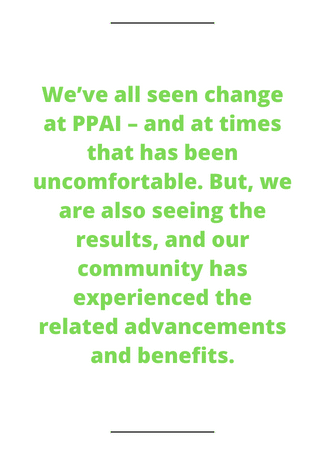The Panama Canal is facing restrictions and delays as an ongoing drought has reduced the route’s utility and threatens to cause greater problems if weather conditions do not change.
- The Panama Canal is one of the most important and heavily used shipping routes in the world.
- Rising costs and delays affecting holiday merchandise could become an issue if water levels continue to decrease in the lakes feeding water into the canal.
The Importance of the Panama Canal
The Panama Canal connects the Atlantic and Pacific Oceans.
- It is a crucial route for global shipping because it is shortcut through Central America that allows vessels to avoid having to go around the southern tip of South America.
- Approximately 40% of the world’s cargo ship traffic travels through the Panama Canal at some point.
- Nearly two-thirds of the canal’s traffic is headed toward or coming from the United States.
According to SEKO Logistics, 46% of container shipments from northeastern Asia to the United States travels through the Panama Canal, bolstering U.S. trade with China, Japan and South Korea.
What’s The Problem?
Drastically low levels in the lakes – primarily Gutun Lake – that flow into the Panama Canal are threatening the viability as a shipping route functioning at its previous levels.
“We are climate dependent so the issues of climate change to us is real,” Ricaurte Vasquez Morales, the canal’s administrator, told CBS News.
There are fears that this will be an ongoing or recurring problem as El Nino could produce low rain levels during the region’s dry season of December through February.
“The short-term forecast into early September looks problematic,” John David, Everstream Analytics’ chief meteorologist told Freight Waves. “A continuation of below-normal rainfall across Panama and well-above-normal temperatures will not improve the situation. Normally at this time of year, lake levels are increasing since it is the core of the wet season.
- Ships are having to reduce their carry load – some as much as 40% – in order to avoid hitting the bottom with water levels so low.
The canal is now allowing an average of 32 vessels per day, down from 34-36 earlier.
- The restrictions are an attempt to maintain a draft of 44 feet – set in June – for the summer months.
The minor restrictions in place have already resulted in some delays and traffic congestion at sea. As of the writing of this article, 123 ships were waiting in transit. A live look of ships in the canal’s queue can be found here.

Promo Perspective
Continued drought will have a ripple effect on shipping as water levels threaten to become even lower.
- Some worry that holiday merchandise will be affected by delays and increased shipping costs, which would likely be passed down the supply chain.
Promo companies may begin to look at other options to avoid the Panama Canal altogether in order to avoid increased delays.
- Shippers can consider diverting cargo to alternative routes.
- By the very nature of what the Panama Canal offers as a shortcut, diverting freights will likely result in longer lead times and potentially higher costs.
In a statement, the Panama Canal said that it “can’t control nature,” and thus acknowledged that customers who normally rely on the Panama Canal may choose to go elsewhere while the drought threatens its efficiency.
“We understand that our customers have choices, and it’s our duty to ensure that our services remain the best options,” the statement reads. “If circumstances demand, and customers choose another route temporarily, we respect and understand their decision.”
PPAI Media will continue to monitor this issue.


